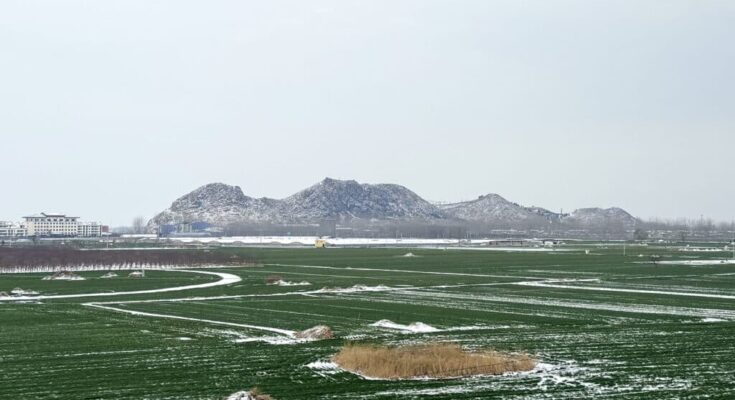
In the Henan province in China, an ancient King’s tomb with 350 artifacts dating back 5,000 years has been uncovered.
The royal tomb was discovered in the Wangzhuang ruins in Yongcheng. It covers roughly 183 square feet and is a vast tomb for the period. The tomb is about 15 feet high and about 12 feet wide and has inner and outer coffins. The tomb also contained more than 100 pieces of pottery, 200 pieces of various jade pieces, and animal remains such as bones. Experts say that the artifacts in the tomb symbolized a significant amount of wealth.
The ancient royal tomb
A royal tomb dating back approximately 5,000 years has been discovered at a ruins site in central China's Henan Province, making it one of the largest from its time, with over 350 artifacts unearthed to date. #ChinaArchaeologyWeekly pic.twitter.com/86Ei5GW7py
— ShanghaiEye
official (@ShanghaiEye) October 26, 2024
The Wangzhuang ruins contain artifacts and various ancient ruins from the middle and late Dawenkou periods. The Dawenkou culture existed in China from 4000 to 2600 BC in the late Neolithic period. The Henan Provincial Institute of Cultural Heritage and Archaeology and other universities have been doing joint excavations at the ruins since 2023.
“The latest discovery indicates that the Wangzhuang ruins are not an ordinary settlement but rather, the capital of a prehistoric kingdom,” said Zhu Guanghua, an associate professor at Capital Normal University in Beijing.
According to Zhu, the royal tomb was ransacked as the ancient king’s remains were no longer there, and there was other evidence of damage. He said it was likely tampered with shortly after the king’s burial.
“The tomb owner’s remains were removed, and many significant artifacts were looted,” said Zhu. “Most of the tomb owner’s skeletal remains within the wooden coffin are missing, with only a few toe bones left. Small jade ornaments were scattered inside and outside the coffin, and many stone ceremonial blades were deliberately broken.”
The royal tomb wasn’t the only tomb discovered during the excavations in the Wangzhuang ruins. 45 tombs have been discovered thus far, and scientists have completely excavated 27 of them.
According to the joint archaeological team leader, Liu Haiwang, some of the tombs belong to elite members of the Dawenkou culture.
“The exquisite pottery, stone tools, and jade artifacts vividly demonstrate the division of labor and the level of productivity at that time,” Liu says. “The richness of the burial objects is closely linked to the size of the tombs, indicating that a clear social hierarchy and class stratification had already emerged.”
The royal tomb’s artifacts also suggest that the Wangzhuang ruins area was a trade center and a cultural mix of multiple cultures in China.
Li Xinwei, deputy director of the Institute of Ancient History at the Chinese Academy of Social Sciences, said, “The ancient residents were clearly influenced by the cultures of the eastern and the central regions, as well as cultural elements from the Yangtze River Basin.”
Overall, archaeologists have been impressed by the diversity of the artifacts and what that could suggest for the ancient Dawenkou culture and the prehistoric cultures of the surrounding regions.
“Its discoveries testify to the initial exchanges of early Chinese civilization, providing evidence for its nature of diversity,” Li says. “This site offers important examples for studying the cultural fusion across different prehistoric regions.”



